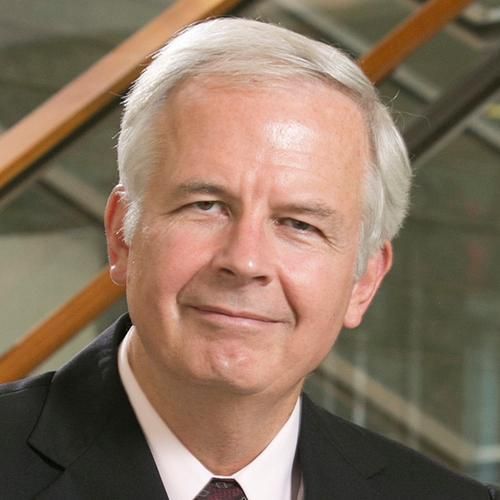Human umbilical cord blood-derived endothelial cells reendothelialize vein grafts and prevent thrombosis.
OBJECTIVE: To accelerate vein graft reendothelialization and reduce vein graft thrombosis by infusing human umbilical cord blood-derived endothelial cells (hCB-ECs) because loss of endothelium contributes to vein graft thrombosis and neointimal hyperplasia. METHODS AND RESULTS: Under steady flow conditions in vitro, hCB-ECs adhered to smooth muscle cells 2.5 to 13 times more than ECs derived from peripheral blood or human aorta (P<0.05). Compared with peripheral blood and human aorta ECs, hCB-ECs had 1.4-fold more cell surface α(5)β(1) integrin heterodimers per cell (P<0.05) and proliferated on fibronectin 4- to 10-fold more rapidly (P<0.05). Therefore, we used hCB-ECs to enhance reendothelialization of carotid interposition vein grafts implanted in NOD.CB17-Prkdc(scid)/J mice. Two weeks postoperatively, vein grafts from hCB-EC-treated mice demonstrated approximately 55% reendothelialization and no luminal thrombosis. In contrast, vein grafts from sham-treated mice demonstrated luminal thrombosis in 75% of specimens (P<0.05) and only approximately 14% reendothelialization. In vein grafts from hCB-EC-treated mice, 33±10% of the endothelium was of human origin, as judged by human major histocompatibility class I expression. CONCLUSIONS: The hCB-ECs adhere to smooth muscle cells under flow conditions in vitro, accelerate vein graft reendothelialization in vivo, and prevent vein graft thrombosis. Thus, hCB-ECs offer novel therapeutic possibilities for vein graft disease.
Duke Scholars
Published In
DOI
EISSN
Publication Date
Volume
Issue
Start / End Page
Location
Related Subject Headings
- Wound Healing
- Veins
- Thrombosis
- Postoperative Complications
- Mice
- Humans
- Graft Occlusion, Vascular
- Fetal Blood
- Endothelium, Vascular
- Endothelial Cells
Citation
Published In
DOI
EISSN
Publication Date
Volume
Issue
Start / End Page
Location
Related Subject Headings
- Wound Healing
- Veins
- Thrombosis
- Postoperative Complications
- Mice
- Humans
- Graft Occlusion, Vascular
- Fetal Blood
- Endothelium, Vascular
- Endothelial Cells




